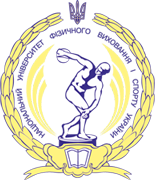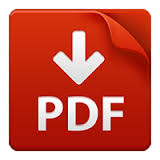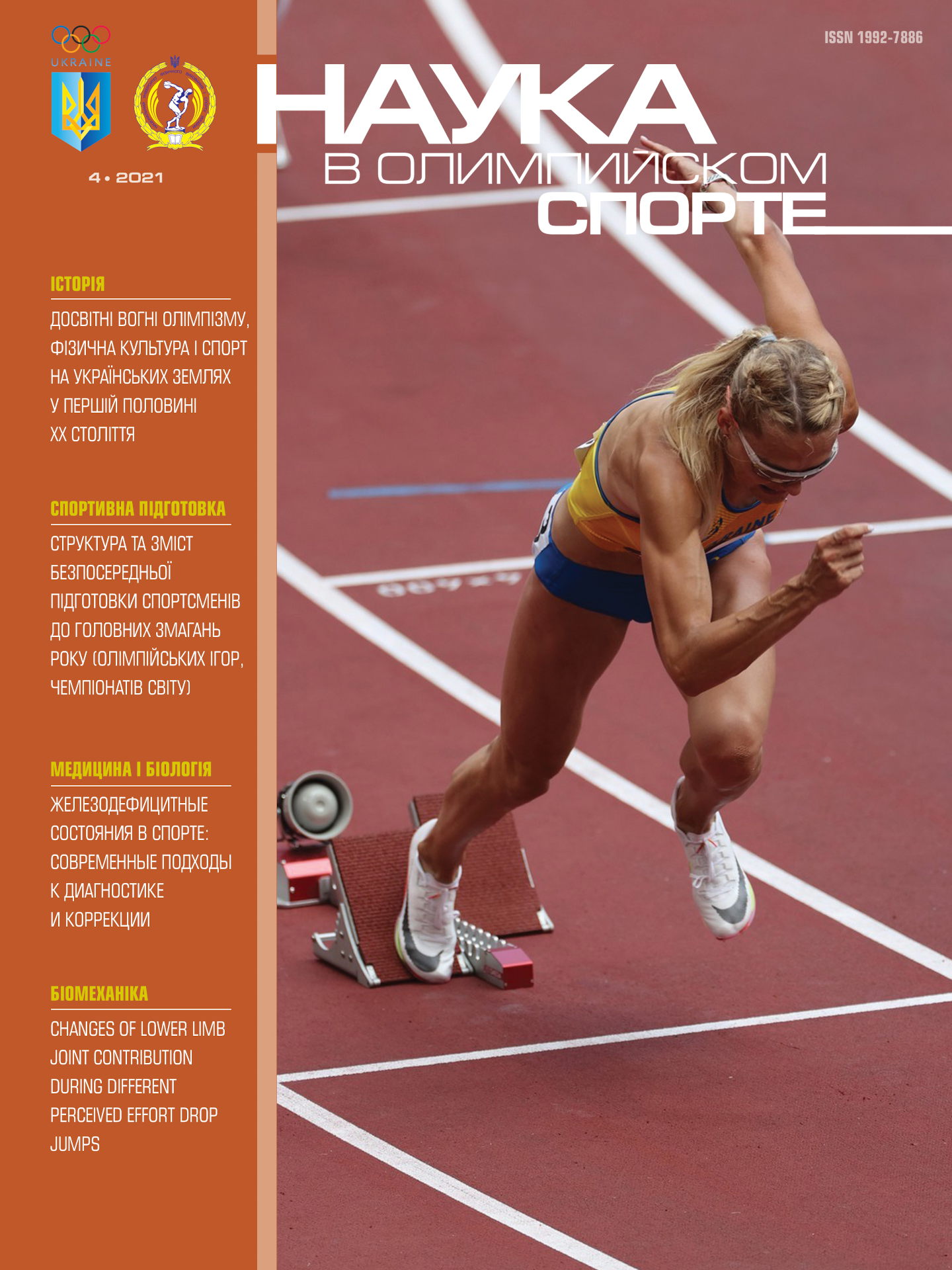doi: 10.32652/olympic2020.4_2
Objective. To determine the features of the functional support of special work capacity of skilled 1000 m kayakers and canoeists. Methods. Ergometry, gas analysis, pulsometry, biochemical research methods. Results. Analysis of statistical and individual data showed that most rowers had high values of aerobic and anaerobic energy supply (according to VO2max, l, VO2max, ml·min-1 · kg-1, La max 90 s, mmol · l-1); the registered indices did not have statistically significant differences (p > 0.05). Further analysis showed differences in the indices determining the work capacity of rowers in conditions of fatigue development. Differences in the indices of special work capacity functional support indicate different degrees of expressiveness of fatigue compensation mechanisms. Comparison of the indices registered in the process of performing step-increasing load and under load of critical power in rowers with high and low work capacity levels, showed significant differences in pulmonary ventilation response to CO2 release and O2 uptake. In rowers with a high level of work capacity during the period of fatigue development, VE · VO2-1 indices increased by 9.0-9.5%, the difference between the indices of groups of athletes with different levels of special work capacity was statistically significant at p <0.05. In rowers with decreased level of work capacity in the process of performing the «90 s test», the level of pulmonary ventilation response to the release of CO2 (VE · .VCO2-1) did not increase or increased slightly. The values of VE / .VO2 increased as a result of decreased O2 uptake in the «90 s test». The recorded power of glycolytic reactions reached 8.53 ± 0.47 mmol · l-1 (according to La max index in the “30 s test”), whereas capacity - 17.27 ± 0.51 mmol · l-1 and more (according to La max index in «test 90 s»), the difference between the indices of groups of athletes with high and low levels of special work capacity was statistically significant at p < 0,05. Conclusions. The abovementioned test results showed new possibilities for assessing and interpreting the indices of the special performance functional support in qualified 1000 m kayakers.
Literature
1. Van Veylun, Dyachenko A. Kontrolʹ spetsialʹnoyi robotozdatnosti kvalifikovanykh veslyariv na baydarkakh i kanoe na dystantsiyi 500 i 1000 m [Control for special work capacity of skilled kayakers and canoeists at 500 m and 1000 m distances]. Teoriya i metodyka fiz. vykhovannya i sportu. 2018;(3):10-4.2. Van Veylun, Dyachenko A. Spetsyfichni kharakterystyky spetsialʹnoyi vytryvalosti kvalifikovanykh vesluvalʹnykiv na baydarkakh na dystantsiyi 1000 m [Specific characteristics of special endurance of skilled 1000 m kayakers]. Teoriya i metodyka fiz. vykhovannya i sportu.2018(2): 8-13.
3. Ho P. Sovershenstvovanye sylovoy vynoslyvosty kvalyfytsyrovannykh sport·smenov v hreble na kanoé v podhotovytelʹnom peryode podhotovky [Improving strength endurance of skilled canoeists at the preparatory period of training] [avtoreferat]. Kyev: NUFVSU; 2010. 25 s.
4. Dʹyachenko AYU. Sovershenstvovanye spetsyalʹnoy vynoslyvosty kvalyfytsyrovannykh sport·smenov v akademycheskoy hreble [Improving special endurance of skilled rowers]. Kyev: NPF «Slavutych-Delʹfyn». 2004. 338 s.
5. Dyachenko V. Dynamyka pokazateley funktsyonalʹnoy podhotovlennosty sport·smenov, spetsyalyzyruyushchykhsya v hreble na baydarkakh y kanoé v hodychnom tsykle podhotovky [Dynamics of functional fitness indices in kayakers and canoeists in the annual preparation cycle]. Nauka v olymp. sporte. 2003;(1):99-105.
6. Lysenko OM. Zminy fiziolohichnoyi reaktyvnosti sertsevo-sudynnoyi ta dykhalʹnoyi systemy na zrushennya dykhalʹnoho homeostazu pry zastosuvanni kompleksu zasobiv stymulyatsiyi robotozdatnosti [Changes of cardiovascular and respiratory system physiological reactivity respiratory homeostasis shift during application of work capacity stimulation means]. Fiziolohichnyy zhurnal. 2012;(5):70-7.
7. Lysenko E, Shynkaruk O, Samuylenko V. Osobennosty funktsyonalʹnykh vozmozhnostey hrebtsov na baydarkakh y kanoé vysokoy kvalyfykatsyy [Peculiarities of functional capacities of highly skilled kayakers and canoeists]. Nauka v olymp. sporte. 2004;(2):55-61.
8. Myshchenko VS, Lysenko EN, Vynohradov VE. Reaktyvnye svoystva kardyorespyratornoy systemy kak otrazhenye adaptatsyy k napryazhennoy fyzycheskoy trenyrovke v sporte: monohrafyya [Cardiorespiratory system reactive features as a reflection of adaptation to strenuous physical training in sport]. Kyyiv: Naukovyy svit; 2007. 352 s.
9. Myshchenko VS. Érhometrycheskye testy y kryteryy yntehralʹnoy otsenky vynoslyvosty [Ergometric tests and criteria for endurance integral assessment]. Sportyvna medytsyna. 2005;(1):42-52.
10. Platonov VN. Peryodyzatsyya sportyvnoy trenyrovky. Obshchaya teoryya y ee praktycheskoe prymenenye [Sports training periodization. General theory and its practical applications]. Kyev: Olymp. lyt.; 2013. 624 s.
11. Platonov VN. Systema podhotovky sport·smenov v olympyyskom sporte. Obshchaya teoryya y ee praktycheskye prylozhenyya [System of athletesʺ preparation in the Olympic sport. General theory and its practical applications] uchebnyk: Kyev: Olymp. lyt.; 2015. 2 toma.
12. Fyzyolohycheskaya kharakterystyka y metody opredelenyya vynoslyvosty v sporte [Physical characteristics and methods for endurance determination in sport] [red. N. V. Zymkyna]. Moskva: Fyzkulʹtura y sport; 2002. 102 s.
13. Shynkaruk OA. Otbor sport·smenov y oryentatsyya ykh podhotovky v protsesse mnoholetneho sovershenstvovanyya (na materyale olympyyskykh vydov sporta): monohrafyya [Selection of athletes and their preparation orientation in the process of long-term improvement]. Kyev: Olympyyskaya lyt.; 2011. 360 s.
14. Shynkaruk OA. Podhotovka sport·smenky vysokoho klassa v hreble na baydarkakh k hlavnym sorevnovanyyam makrotsykla [Preparation of elite kayakers for the major macrocycle competitions]. V: Olimpiysʹkyy sport i sport dlya vsikh: 14-yy mizhnar. nauk. konhres, prysvyachuyetʹsya 80-richchyu NUFVSU; 2010 Zhovt 5-8; Kyyiv. Kyyiv: NUFVSU; 2010. s. 142.
15. Shkrebtiy YUM. Upravlinnya trenuvalʹnymy i zmahalʹnymy navantazhennyamy sport·smeniv vysokoho klasu v umovakh intensyfikatsiyi protsesu pidhotovky [Managing training and competitive loads of highly skilled athletes in conditions of training process intensification] [avtoreferat]. Kyyiv; 2006. 40 s.
16. Alacid F, Carrasco L. Distribucion del esfuerzo en piraguismo sobre 1000 metros. III Congreso de la Asociacion Espanola de Ciencias del Deporte, Universidad de Valencia. Valencia. 2004.
17. Bazzucchi I. Cardio-respiratory and electromyography responses to ergometer and on-water Kayak in elite paddlers. Eur. J. Appl. Physiol. 2013;113(5):1271-7.
18. Billat V, Faina M, Sardella F, Marini C, Fanton F, Lupo S, Faccini P, De Angelis M, Koralsztein JP, Dalmonte A. A comparison of time to exhaustion at VO2 max in elite cyclists, kayak paddlers, swimmers and runners. Ergonomics. 1996;(39): 267-77.
19. Bonetti D, Dawson B. The effect of three different warm-up intensities on kayak ergometer performance. Medicine and Science in Sports and Exercise. 2001;(33): 1026-32.
20. Bishop D, Bonetti D, Dawson B. The influence of pacing strategy on VO2 and supramaximal kayak performance Medicine & Science in Sports & Exercise. 2002; 34(6):1041-7.
21. Bishop D. Physiological predictors of flat-water kayak performance in women. European Journal of Applied Physiology. 2000;(82): 91-7.
22. Diachenko A, Guo P, Wang W, Rusanova O, Kong X, Shkrebtiy Y. Characteristics of the power of aerobic energy supply for paddlers with high qualification in China. Journal of Physical Education and Sport, 2020 (20)1, Art 43:312 – 7.
23. Fernandez B, Perez-Landaluce J, Rodriguez M, Terrados N. Metabolic contribution in Olympic kayaking events. Medicine and Science in Sports and Exercise. 1995;(27):24.
24. Nekriosius R, Dadeliene R, , Balciunas E, Milasius K. Peculiarities of aerobic development in kayak rowers preparing for 1000 m event. Baltic Journal of Sport and Health Sciences. 2018;(3): 10.33607/bjshs.v3i90.167.
25. Nikonorov A. Paddling Technique for 200 m sprint kayak. In: Isorna Folgar M, et al. Training Sprint Canoe. 2.0 Editora; 2015 : 187-202.
26. Paquette M, Bieuzen F, Billaut F. Muscle Oxygenation Rather Than VO2max as a Strong Predictor of Performance in Sprint Canoe-Kayak Int J Sports Physiol Perform. 2018;(19) :1-9.
27. Pendergast D, Mollendorf J, Zamparo P, Termin A, Bushnell D, Paschke, D. The influence of drag on human locomotion in water. Undersea & Hyperbaric Medicine. 2005;(32): 45-57.
28. Pendergast D, Zamparo P, di Prampero PE, Capelli C, Cerretelli P, Termin A, Craig A, Bushnell D, Paschke D, Mollendorf J. Energy balance of human locomotion in water. European Journal of Applied Physiology. 2003; (90): 377-86.
29. Pendergast DR, Bushnell D, Wilson DW, Cerretelli P. Energetics of kayaking. European Journal of Applied Physiology and Occupational Physiology. 1989;(59): 342-50.
30. Zamparo P, Capelli C, Guerrini G. Energetics of kayaking at submaximal and maximal speeds. Eur J Appl Physiol Occup Physiol 1999;80: 542-8.
Received: 10.12.2020













